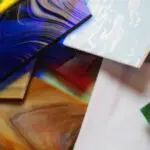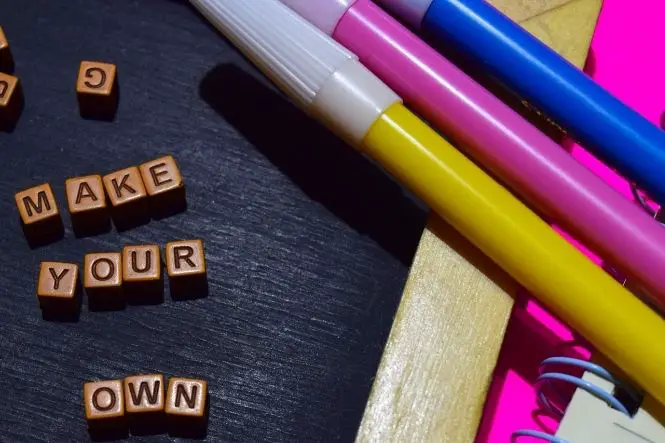How many arts and crafts projects can kids get stuck into with a length of string? The list is as long as…. a piece of string? String is versatile and cheap, you’ve probably got a length or two somewhere in the house, so don’t worry about buying expensive craft string. Standard household twine is good enough for most projects and if you want to inject a little colour into the finished design, string can be dyed with standard craft paints.
Table of Contents
String Painting
One of the simplest ideas for younger kids to try is string painting. All you need is the string, some paper for your design and brightly coloured paints. A word of warning, make sure the paint is washable as this can be a messy business.
- Cut the string into a manageable length and dip it into a shallow dish of paint.
- Fold the piece of paper in half and start the design by laying the string out on half of the unfolded paper. Now firmly press the other half of the paper down on top of the string design.
It’s always a delight for kids when the paper is peeled back and the string is carefully peeled away to reveal the pattern below. String painting seems to work best with random patterns, although kids can experiment with basic shapes like a hearts, circles or spirals. Encourage them to experiment further by adding other layers of pattern to the design by repeating the entire process on the same sheet of paper.
Another good way to make fabulous string pictures is by incorporating the string in the finished design. Use plain string or paint-dipped string. The best way to fix the string to the base is using PVA glue, even if it looks messy at first, the glue will become clear when dried and won’t spoil the finished effect. The weight of the string and the glue may be too much for ordinary craft paper and you’ll probably need to use thicker cardboard instead.
String Coasters
This activity takes a little preparation. Apart from the string, you need the screw top lids of jars. Make sure the lids are large enough to accommodate the circumference of a mug or glass. It’s a good idea to check that the thickness of the string you use will create a flat surface for coaster against the rim of the lid when finished.
Start by coating the base and inside rim of the lids with a layer of PVA glue. Cut the string to length and then carefully wind the string into a coil in the lid finishing at the centre.
String Coats
A similar idea to the coasters project is string coating everyday objects and containers. You can try using jars (perhaps left over from the coaster project). Try using small plastic bottles, jars and even cardboard tubes. Use a light coating of PVA and carefully wind the string around the container, making sure each ‘wrap’ lies flat against the last.
Use coloured string to make a striped effect. Children might like to paint blotches or stripes on each individual length of string resulting in an interesting, random effect.
Homemade Bunting
Lengths of brightly coloured bunting are back in fashion. By changing the design of the bunting flags, any theme can be created. The traditional design is simple flags in bright colours or patterns. Start by cutting out large diamond shapes from pieces of paper. When you attach them to your length of string, all you need to do is fold the diamonds in half over the string to create the traditional flag shape.
For a celebratory message or name, children could decorate the flags with individual letters, adding glitters and bright designs.
To make the bunting suitable for a specific celebration or season, cut shapes from paper and at the top of each design leave a small rectangular tab that can be folded down and secured around the length of string. The design ideas are limitless- little people, trees, animals, leaves, stars and national flags.
String Baubles
Baubles are very easy to make and look very striking, they are very popular in gift shops but homemade versions are a fraction of the cost. The basic template for the baubles is an inflated balloon. Blow it up to the size required and smear the outside of the balloon with something that will stop the rubber sticking to the string at the end of your project. Try smears of face cream or even a very light coating of odourless cooking oil.
Now take a long length of string and coat it thoroughly in a shallow bowl of PVA glue. The fun bit is wrapping and twisting the string around the balloon. For the best effect, make the pattern irregular, leaving lots of spaces and gaps. If you wrap the string too evenly, the effect will be spoiled and it will be difficult to release the balloon from inside if there are too little spaces.
Wait for the PVA glue to dry and harden. This may take some time and you could even leave it for the best part of a day to give the structure more strength. Now all you need to do is burst the balloon and admire the end result.
There are balls of string lurking in the bits and bobs drawer of most households. Whichever idea you fancy trying together, it seems string is the thing.






